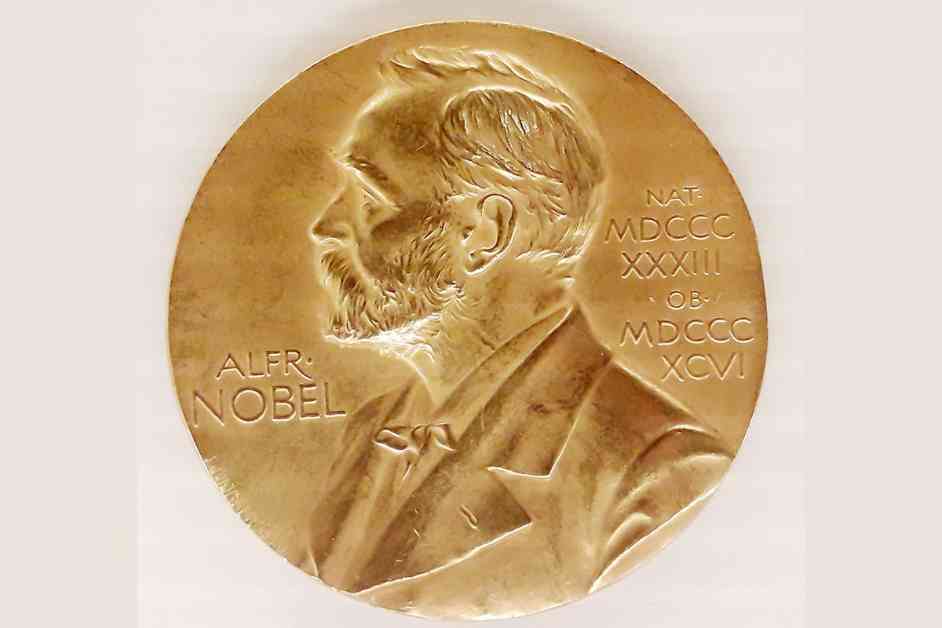The announcement of this year’s Nobel Prize winners in both physics and chemistry has sparked a debate among researchers about the role of artificial intelligence (AI) in scientific fields. While some celebrated the recognition of AI pioneers in the awarding of the physics and chemistry prizes, others expressed disappointment at the focus on computational methods.
The physics prize was awarded to Geoffrey Hinton and John Hopfield for their groundbreaking work on neural networks. While many physicists welcomed the news, others argued that machine learning, although interdisciplinary, does not belong in the realm of physics. Some researchers believe that the Nobel committee missed the mark by recognizing AI in a field traditionally dominated by pure physics.
On the other hand, supporters of the decision point out that AI research is rooted in physics concepts, such as energy, and has the potential to enhance our understanding of complex systems. The interdisciplinary nature of Hinton and Hopfield’s work, which incorporates principles from physics, mathematics, computer science, and neuroscience, demonstrates the interconnectedness of different scientific fields.
In the field of chemistry, Demis Hassabis and John Jumper were awarded the Nobel Prize for their development of AlphaFold, an AI tool for predicting protein structures. This recognition highlights the growing influence of AI in structural and computational biology, as well as the importance of data repositories like the Protein Data Bank in advancing scientific research.
Despite the controversy surrounding the inclusion of AI in traditionally non-AI fields, the Nobel Prizes have a history of recognizing the societal impact of scientific research. From practical inventions to groundbreaking discoveries, the Nobels have celebrated a wide range of contributions to humanity’s knowledge and well-being.
Overall, the debate sparked by this year’s Nobel Prizes reflects the evolving nature of scientific research and the increasing intersection of different disciplines. While some may question the boundaries of traditional fields like physics and chemistry, others see the potential for collaboration and innovation in embracing new technologies like artificial intelligence.










